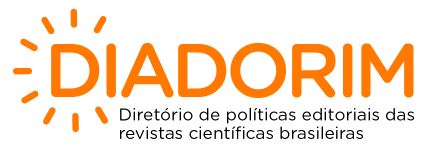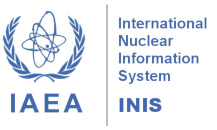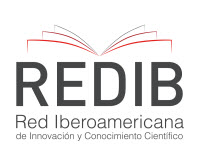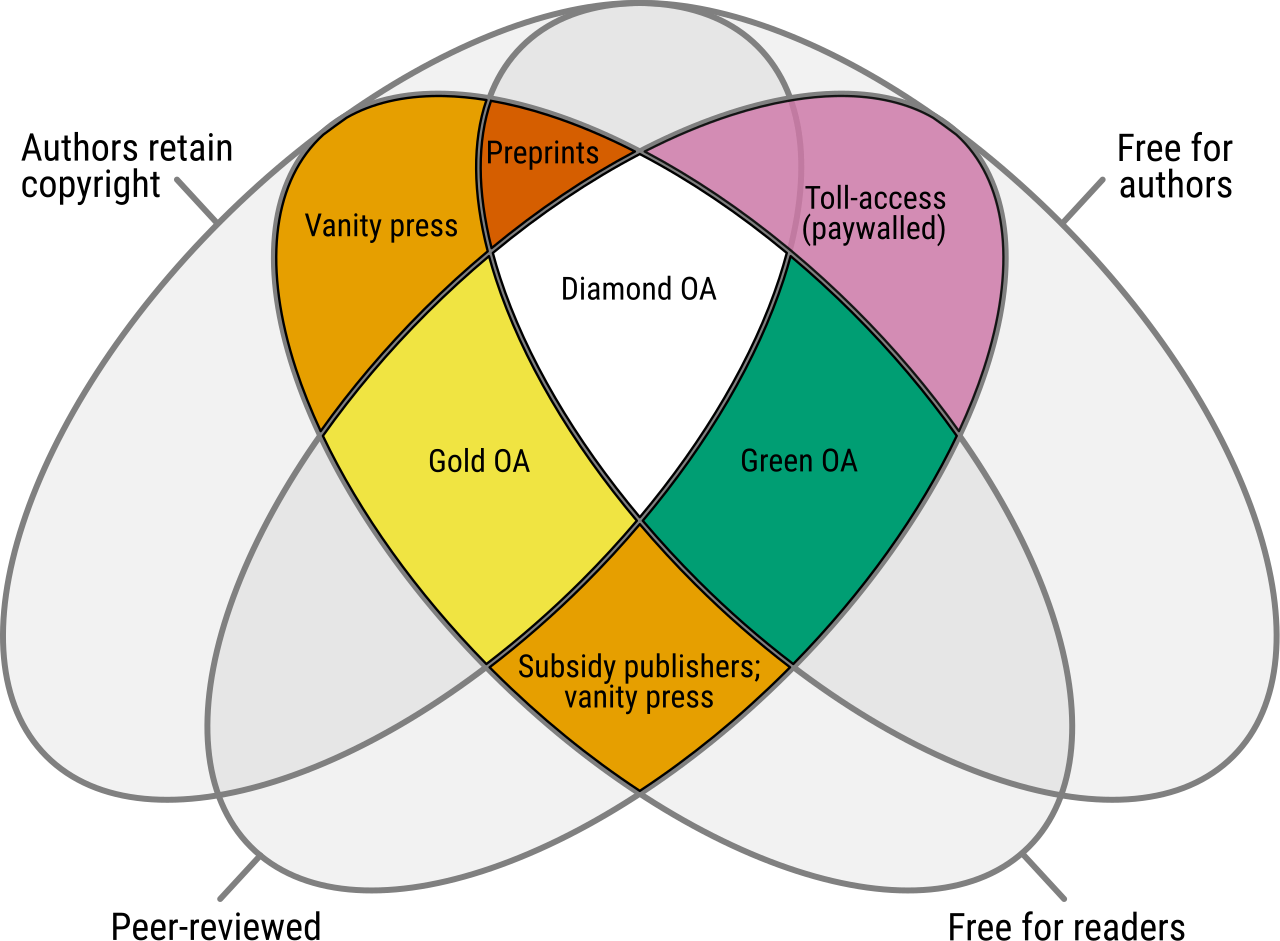Evaluation of Nuclear Material Balance by Statistical Analysis of the Material Unaccounted For (MUF)
DOI:
https://doi.org/10.15392/2319-0612.2025.2963Palabras clave:
nuclear material balance, safeguards, diversion of nuclear material, material unaccounted for (MUF)Resumen
Evaluating the nuclear material balance is an essential tool that can be used to assess the validity of the operator’s declarations of existing quantities of nuclear material from a facility, with an effect on safeguards agreements, where applicable. In summary, evaluating the nuclear material balance and associated safeguards activities enables the national regulatory authority to identify variations that may indicate deviations. A specific strategy used to detect potential deviations from assessing the material balance is known as "diversion into MUF", where MUF refers to the parameter Material Unaccounted For. It represents the difference between the book inventory and the ending physical inventory at the end of the material balance period. This evaluation is conducted through statistical analysis of the standard deviation of the MUF (σMUF) parameter, using an anonymous Brazilian facility as a case study. The ultimate goal is to implement this analysis within Brazil's control and accounting system, known as e-Gamma. This will enable the system to automatically perform such analyses for all facilities nationwide during each accounting period. This statistical study can be a powerful predictor of diversion, utilizing the σMUF parameter as a valuable resource. It is possible to suggest implementing this evaluation in control and accounting systems to increase efficiency in identifying and resolving discrepancies and anomalies, which is of fundamental importance in improving the reliability of a control system within the national scenario. Considering the international scenario, a country that increases its capacity to verify the accounting of nuclear material under its custody will tend to occupy a position of autonomy among its peers.
Descargas
Referencias
[1] International Atomic Energy Agency. IAEA Safeguards Technical Manual, Part F: Statistical Concepts and Techniques, Vol. 3. Vienna, Austria: IAEA, 1982.
[2] International Atomic Energy Agency. Material Balance Evaluation. Vienna, Austria, 2002.
[3] International Atomic Energy Agency. Use of Nuclear Material Accounting and Control for Nuclear Security Purposes at Facilities. Vienna, Austria, 2015.
[4] International Atomic Energy Agency. Establishing a System for Control of Nuclear Material for Nuclear Security Purposes at a Facility during Use, Storage and Movement. Vienna, Austria, 2019.
[5] International Atomic Energy Agency. IAEA Safeguards Glossary. Vienna, Austria, 2022.
[6] International Atomic Energy Agency. International Target Values for Measurement Uncertainties in Safeguarding Nuclear Materials. Vienna, Austria, 2022.
[7] E-Gamma system, National Nuclear Energy Commission. http://www.egamma.cnen.gov.br. Accessed in May 2025.
Descargas
Publicado
Número
Sección
Licencia
Derechos de autor 2025 Larissa R. P. Xavier, Luiz Antônio Mello, José Carlos C. Amorim, Jakler Nichele, Edson Ramos Andrade

Esta obra está bajo una licencia internacional Creative Commons Atribución 4.0.
Licencia: los artículos de BJRS tienen una licencia internacional Creative Commons Attribution 4.0, que permite el uso, el intercambio, la adaptación, la distribución y la reproducción en cualquier medio o formato, siempre que se otorgue el crédito correspondiente al autor o autores originales y a la fuente, proporcione un enlace a la licencia Creative Commons e indique si se realizaron cambios. Las imágenes u otros materiales de terceros en el artículo están incluidos en la licencia Creative Commons del artículo, a menos que se indique lo contrario en una línea de crédito al material. Si el material no está incluido en la licencia Creative Commons del artículo y su uso previsto no está permitido por la regulación legal o excede el uso permitido, el autor deberá obtener el permiso directamente del titular de los derechos de autor. Para ver una copia de esta licencia, visite http://creativecommons.org/licenses/by/4.0/






















